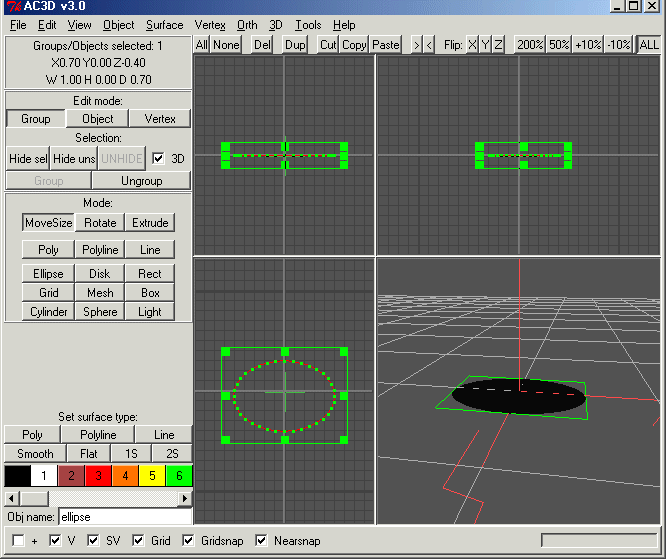
This is good if you have a scene that renders slowly but you still want to preview a portion of it, you only have to render that portion. A render region is a rad box and when in rendered view mode, selected from the top right corner of the 3D viewport, you can only see the portion of the viewport that is inside the render region if this is active.Ĭreate a render region with Ctrl+B and clear it with Ctrl+Alt+B. There is an alternative to this and that is render region that you can also find in this menu. You can find the settings in the view menu under view regions and clipping region. You can see if you are in local view in the top left corner of the 3D viewport It will say (local) in parenthesis in the status text. You might be in local view for one or more objects at a time depending on the selection you had while entering local view. Local view can be toggled with number pad / or by going to view->Local View->Toggle local view If you can only see one object in your scene it is likely that you entered local view. The invisible point we orbit also follows along as we pan the view with shift + middle mouse button if we want to move it along manually. If you don't have a number pad you can change this shortcut by right clicking this menu item and choose "change shortcut" and press the shortcut you want to use for this action. You can also find the frame selected option in the view menu. The best way to align these points are to press number pad period. We want this point to be aligned with the object we are currently focusing on or working on. When you hold middle mouse button and move the mouse in the 3D viewport, we orbit around a point. Then change the clipping start to be perhaps 10 meters. For example, if you have a scene that requires a clip end to be 5000 meters, you might have imported map data over a city for example. To fix this, increase the clipping start value. This is most notable while moving the view as they flicker. If the clipping start is too small for really large scenes, you can start to get artefacts on mesh surfaces. In the lens section at the top you will find clipping start and end, adjust these values to fit the size of your scene. To change the clipping distances for your camera object, select the camera and go to the properties panel below the outliner and go to the green camera icon. In this case you can press 1, 3 or 7 on the numpad to get back to front, right or top view and continue navigating from there.Īlso, if you have lipping errors in your final render, you can adjust the clipping distance for your camera. If your view suddenly appears on an angle, it can be very hard and frustrating to navigate, and you need a way to get back to a leveled view. So now you can orbit the view by holding middle mouse button and moving the mouse again and you will have a new point in space to orbit. While panning, the invisible point will follow the view. You can also turn the view on the side and pan by holding Shift+Middle mouse button. You can also select an object, press number pad period to focus on an object and the invisible point will now be at the same position as the object you focused on and you can now zoom in and out from this position. Hold Ctrl+Shift+Middle mouse button to have this invisible point move with you as you zoom. We can do this while we zoom, or rather move the camera backwards and forward. In order to zoom past these two extremes, we need to move this invisible point that we are zooming in relation to. Likewise, if we use the scroll wheel to zoom out the zooming will stop at some point. If we scroll the mouse wheel we will zoom further in towards this invisible point, but the zooming will slow down. This is most notable when you hold your middle mouse button or scroll wheel and move your mouse to rotate around in the scene. Zoom in or out too farīlender's navigation revolves around an invisible point in front of the camera. This will center the view on the object you select. Select an object in the outliner and press period on your numpad. We can also use the outliner, which is the window in the top right of the interface that lists the objects in our scene.
#Zoom in ac3d how to#
Related content: How to use the 3D cursor in Blender

This shortcut frames all objects but also reset the 3D cursor to the center of the world. We can also press Shift+C if it is easier to reach on your keyborad. This operation is called frame all and can be found in the view menu in the 3D viewport.

In this case we can press Home as described above to recenter the view on the objects in our scene.

We navigated too far away from the objects in our scene and we cannot orbit around to see the scene or get back to where we were.


 0 kommentar(er)
0 kommentar(er)
